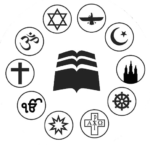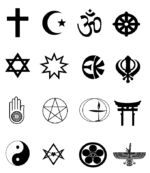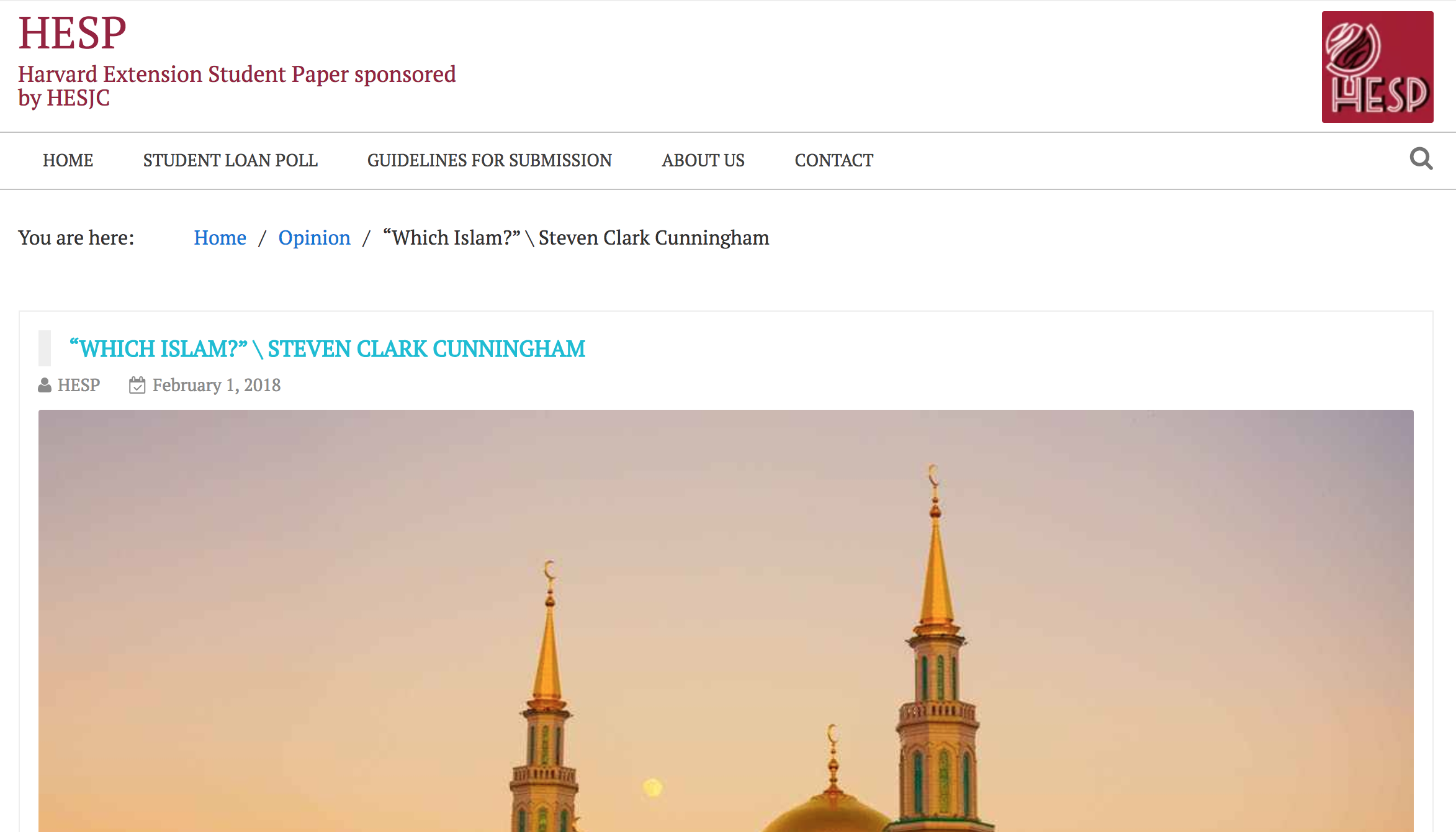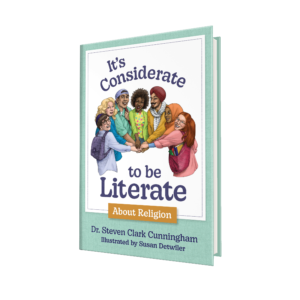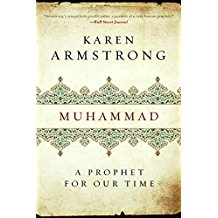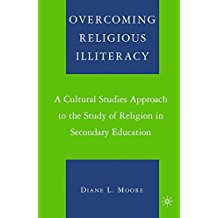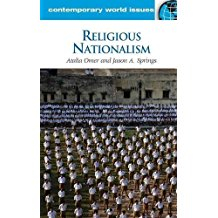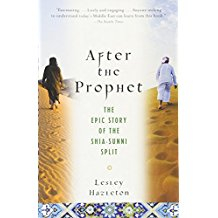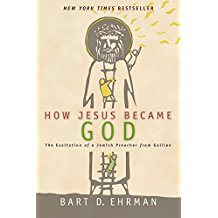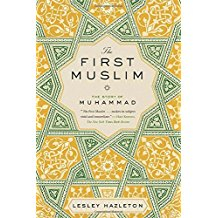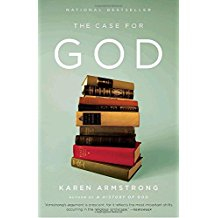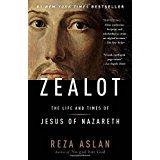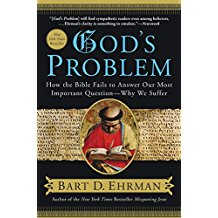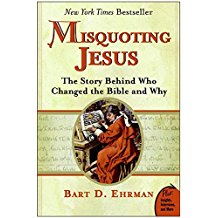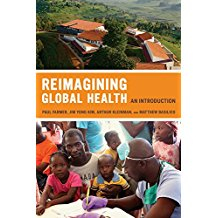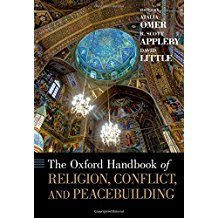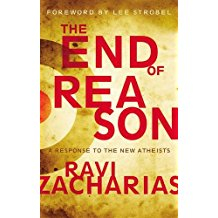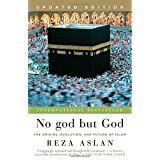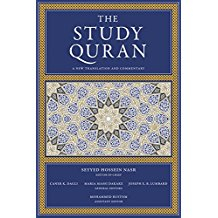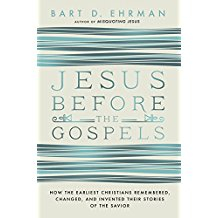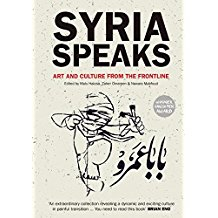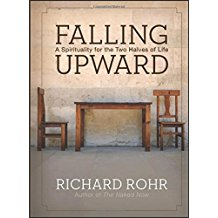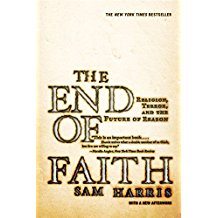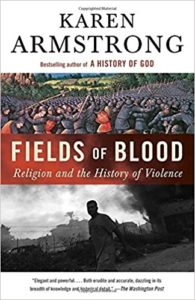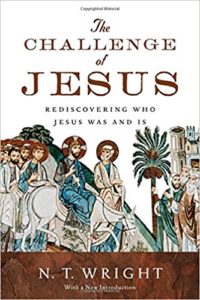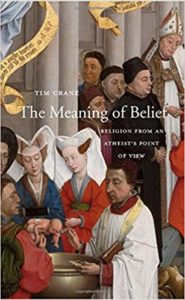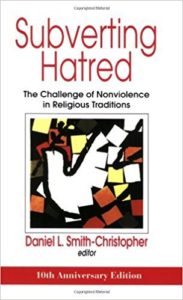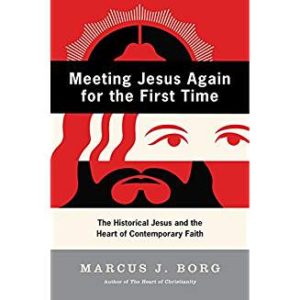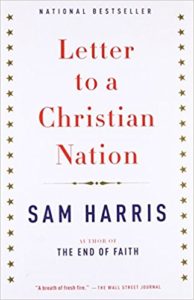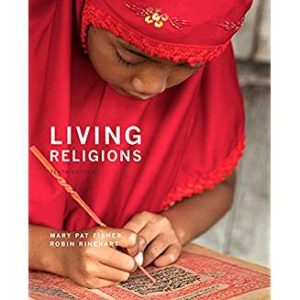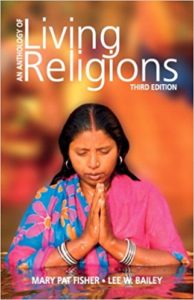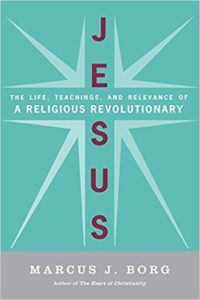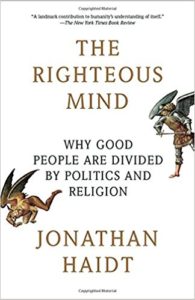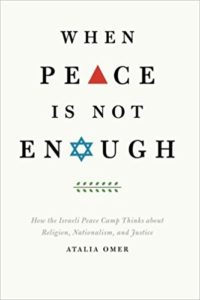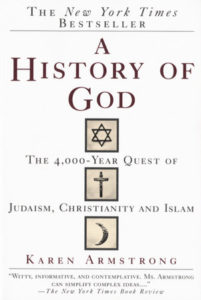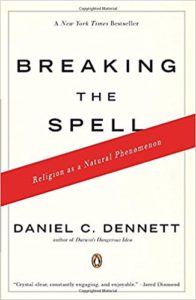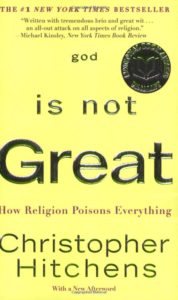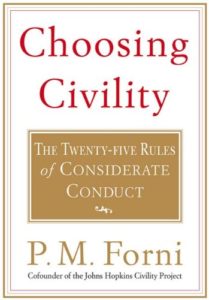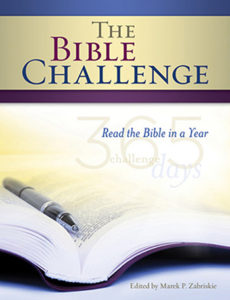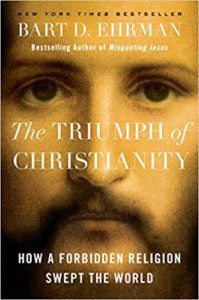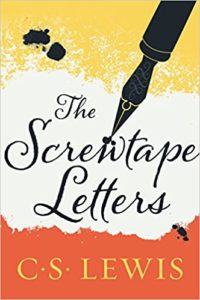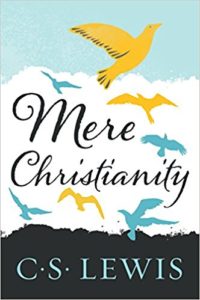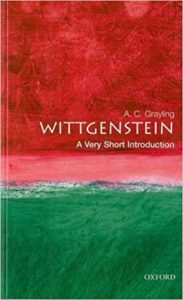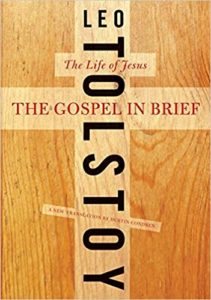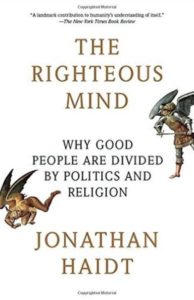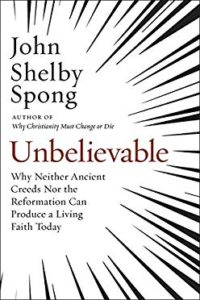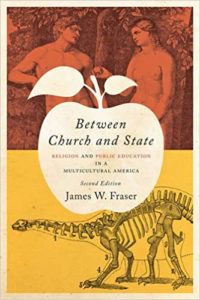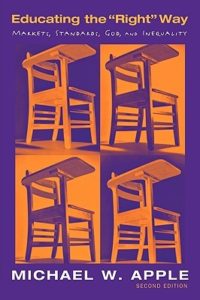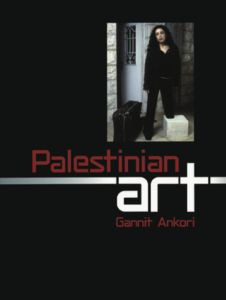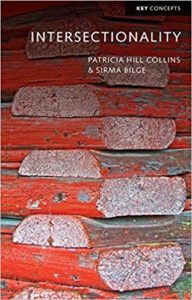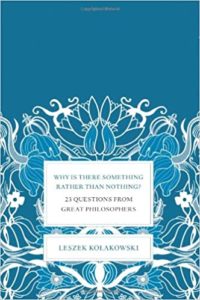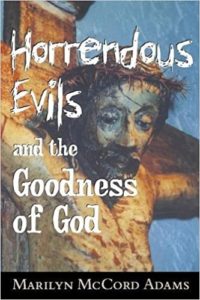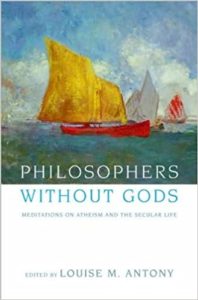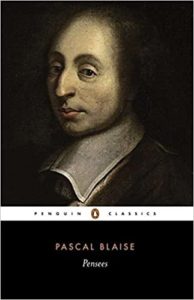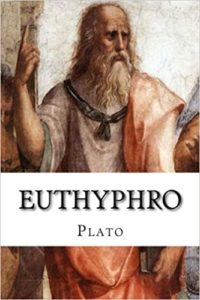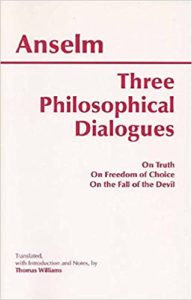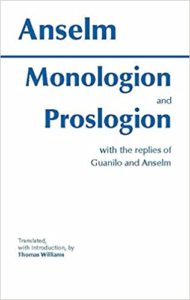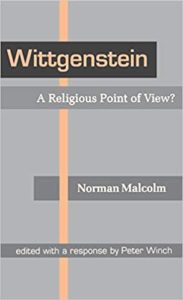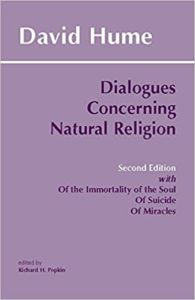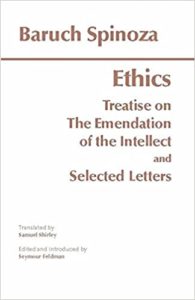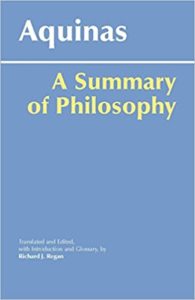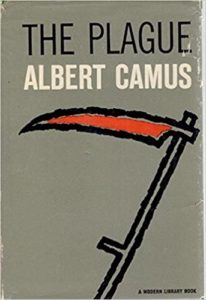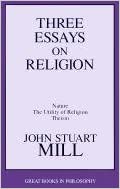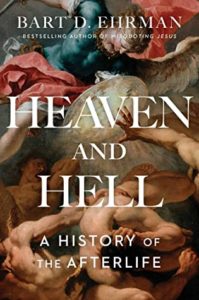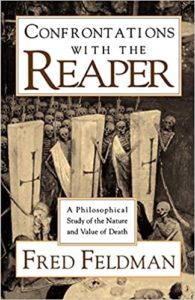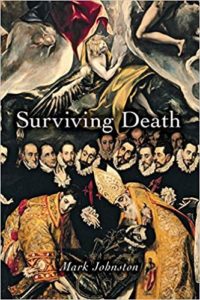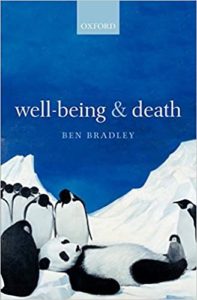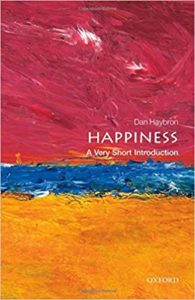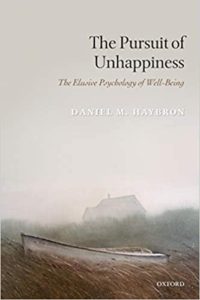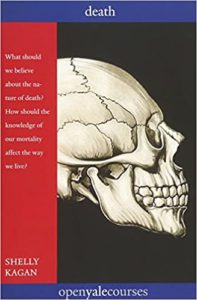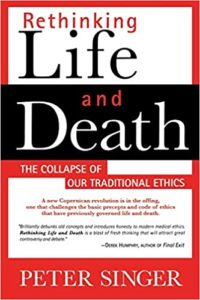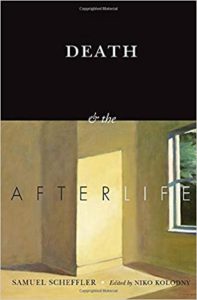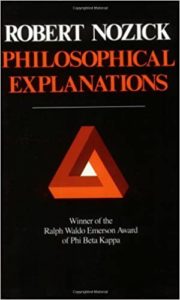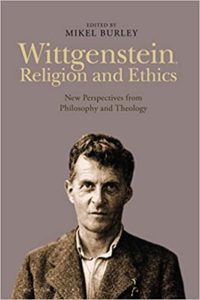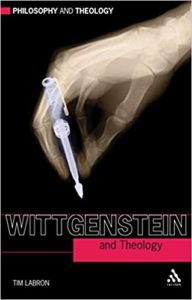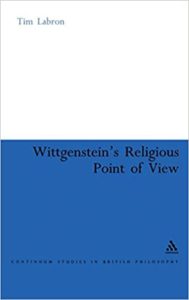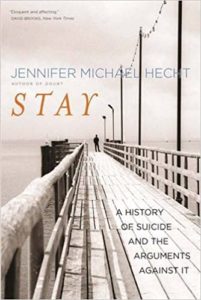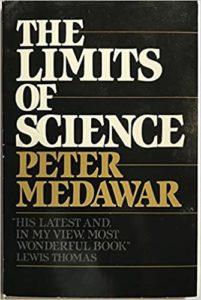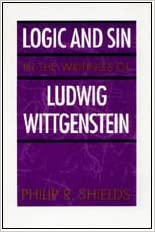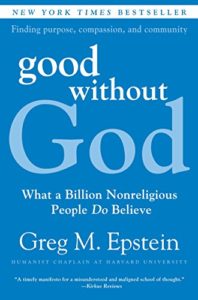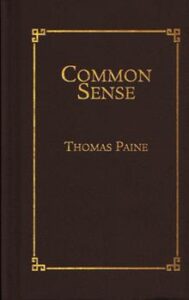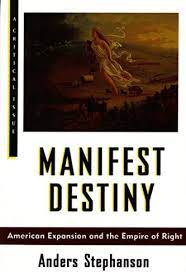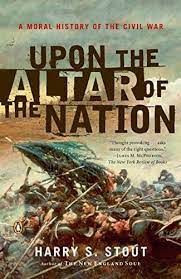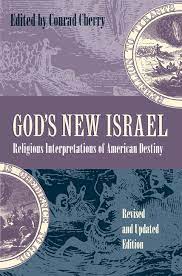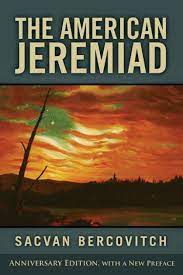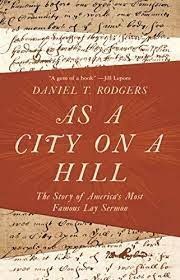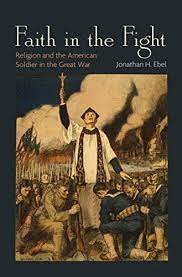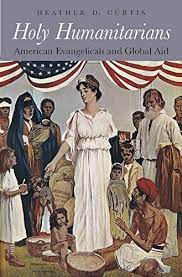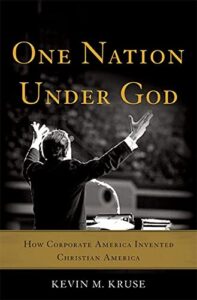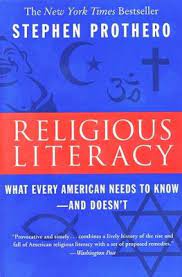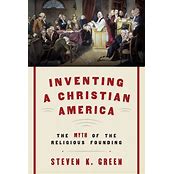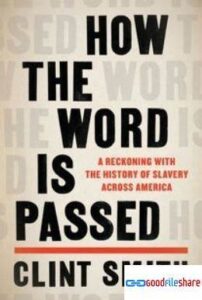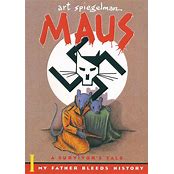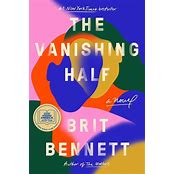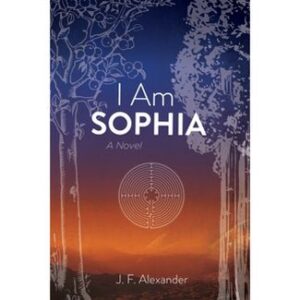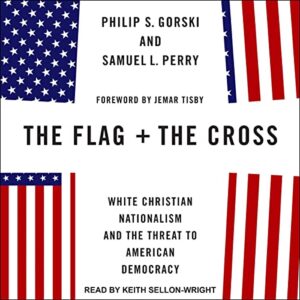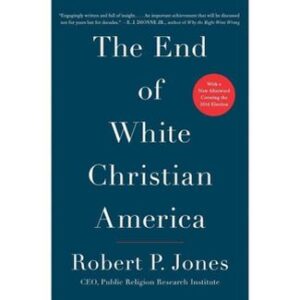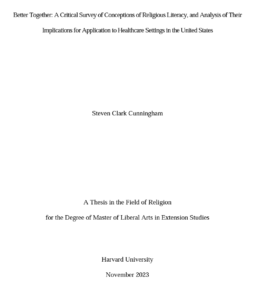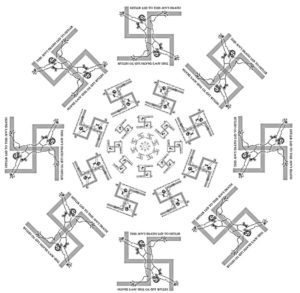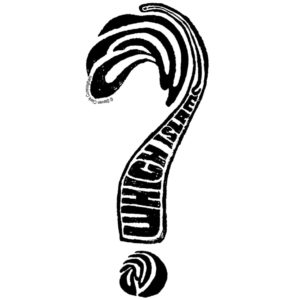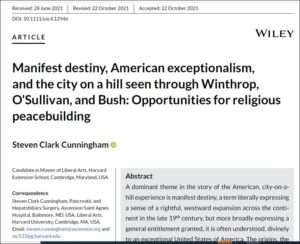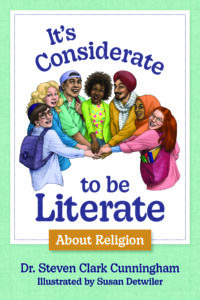Home
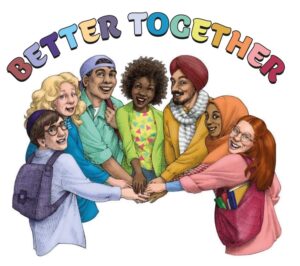 CHECK OUT MY NEW BOOK: Reviews available at the “Reviews’ button here. The book is available discounted from the publisher here, or via Amazon or your local retailer.
CHECK OUT MY NEW BOOK: Reviews available at the “Reviews’ button here. The book is available discounted from the publisher here, or via Amazon or your local retailer.
Featured Publications
NB: If the above link to the publisher’s limited-view version of the full, published article fails, here is a link to the submitted article.
*Click on Images Above for Articles*
NEW BOOK
For middle- and high-school readers and their parents and teachers
about religious literacy
Charitable proceeds: Author proceeds will be donated to organizations supporting children and religious literacy.
It’s Considerate To Be Literate about Religion
Poetry and Prose about Religion, Conflict, and Peace in Our World
Written by Steven Cunningham
Illustrations by Susan Detwiler
Available discounted now for preorder, in hardcover and paperback (release date: November 15, 2022).
It’s Considerate To Be Literate about Religion is a book of poems and prose for young readers, their parents, and their teachers. Along with Cunningham’s award-winning books Dinosaur Name Poems and Your Body Sick and Well: How Do You Know? this new book shares the motif of using the names of things (nomenclature) to introduce topics that otherwise may be unfamiliar, such as the difference between the religious and the secular, or between a devotional approach to practicing a religion and an academic approach to studying religion, or among all the various ways one can be religiously literate and religiously illiterate.
The lyrical nature of the poems and the very engaging pencil illustrations by Susan Detwiler give each topic the traction needed to get youth (and adults) reading right into the poems and on through the expansive “Learn More!” sections that follow each poem.
In addition, a lively preface explains the joy of creating words, such as “poemenclature”; a helpful introduction welcomes readers to the concept of religious literacy; a fulsome glossary defines terms used in the book; and a reading group guide includes topics and questions for discussion and a section of suggested further reading.
Resources
Faith & Health Convening
Summary Report
Chautauqua Institution, Chautauqua, NY
July 9-12, 2023
Learn how to better understand the rich and complex ways that religions function in historic and contemporary contexts.
Explore the diverse and complex roles that religions play in both promoting and mitigating violence.
Religious Literacy
Some Ways to be Religiously Illiterate*
- Think that religion is simply the rites, rituals, and ceremonies that are commonly performed as part of a given religion…
(…religion is much more complex than this).
- Think that a religion is defined by the scripture of that particular religion…
(…scripture is important to many religions, but religions are more than scripture and are not limited to their scripture).
- Think that religions are monolithic and unchanging over time…
(…religions are actually very dynamic, changing over time, and from place to place, and from person to person).
- Think of religions as things that can do something, in other words, as actors with agency…
(…religions do not do things, anything; rather, people who interpret religions different ways do different things).
- See the actions of individuals or communities through the lens of their religion…
(…people are more than their religions, and the reasons people do things are rarely just religious alone).
- Hold an entire religious community responsible for the actions of an individual in that religious community…
(…people who commit violent acts are to be blamed for those violent acts, not the many other people who happen to interpret the same religion).
How to be Religiously Literate*
- Learn to tell the difference between devotional expression of religion and the study of religion.
- Recognize that religions are internally diverse, not uniform, or monolithic, and there are many interpretations of each religion.
- Understand that religions and their narratives evolve and change with the times.
- See religion as embedded in and influencing all dimensions of culture, as opposed to being separate.
- Understand religion as being situated and interpreted in a particular way, depending on one’s context.
*Credit Harvard Divinity School’s Religious Literacy Project
Religion Reading List
Note: Please do not jump to conclusions about me (or anyone) based on a list of books. Just because I read it does not mean I like, support, endorse, or recommend it, and many books I like, support, endorse, and recommend may not be present in this sample. I am always happy to have a constructive conversation about books I have read or am reading.
*** CLICK ON A BOOK COVER FOR TO READ OR MAKE A COMMENT ON THE BOOK ***
Publications/Projects
*** CLICK ON AN IMAGE TO READ OR MAKE A COMMENT ON THE PUBLICATION ***
Videos
Events
Click here for Events, then click “Events” tab.
Bio
Click here, then click “Bios” tab.
Contact
Religion Contact Form
Discussion Guide
Topics and Questions for Further Discussion
To accompany It’s Considerate to Be Literate about Religion: Poetry and Prose about Religion, Conflict, and Peace in Our World
Download a printable version of the Discussion Guide here.
Summary and Reading Comprehension
- The author describes five aspects of religious literacy. What are these, in your own words?
- On page 5, the author says that these aspects are consistent with the notion of religious literacy endorsed by the American Academy of Religion (AAR), but that there are other notions of religious literacy, and he gives an example. What is this example, and how is it different from the AAR notion of religious literacy? How do you think these two notions to religious literacy are different and similar? What are the pros and cons of each type?
Aspect #1: Distinguishing Inside versus Outside
- The author talks about the difference between engaging with religion from what he calls “the inside” versus “the outside.” How, in your own words, are these two ways of engaging with religion different from each other?
- Assuming that the author’s claim is true – that everyone engages with and interacts with religion, since religion is so deeply embedded in all aspects of human life – do you engage more from the inside or more the outside?
- How is the author engaging with religion while writing this book, from the inside or from the outside?
Aspect #2: Recognizing That Religions Are Internally Diverse and Dynamic
- As you think of your own worldview or faith tradition, be that a particular religion or no particular religion, what are some of the differences you see among others who share in that “same” worldview or tradition?
- Think of other people you know well, who have a different faith tradition or worldview than yours; do you perceive any similarities or differences among them?
- On page 48, the author describes the danger of what Chimamanda Ngozi Adichie has called the “single story.” In your own words, what does she mean by “the single story”? How is it related to Aspect #2 and Aspect #1?
- Why is the “single story” dangerous?
- Can you think of any other examples of a “single story”?
Aspect #3: Actors with Agency
- What does the term “an actor with agency” mean, in your own words?
- In what small ways have you employed your agency recently? What are some ways that you think that you should do so in the future?
Aspect #4: Appreciating Religious Influences
- What are some obvious ways that religious influences exist in public life?
- Can you think of any more subtle ways that religion influences public life?
- Can you think of any ways that religious influences promote community and acceptance within society, or divisiveness and discord?
Aspect #5: Situatedness
- One of the main tenets of religious literacy described in the book is recognizing our situated perspectives. What do you think is the situatedness of the author himself? The illustrator?
- What is your situatedness regarding religion?
- On page 11, the author refers to Donna Haraway’s term “the god trick.” What is “the god trick,” and have you ever thought that you could pull it off?
Peace and Violence
- What are the three types of violence (and peace) described in the book?
- What, in your own words, is the difference between these three types?
- How many examples can you find in the book of situations in which all three types are at work?
- Have you ever seen or experienced any of the three types of violence or peace? Have you ever initiated any of the three types of violence or peace?
- The book describes several conflicts around the world, such as in Syria, Myanmar, and Israel. What is happening in current events in these or other countries that is relevant to this book? Can you think of anything that is happening in the US right now that is relevant for these questions of peace and violence?
- In the section on Nigeria, the author (and the video mentioned on page 43) describes how Pastor James and Imam Ashafa overcame their differences to come to work together in an interfaith approach to dealing with the conflict in their country. What are some conflicts that you have experienced personally, and how did you resolve them, or transform them into something better? What are some of the things that help or hinder people in the process of conflict resolution or conflict transformation?
- The author says that neither peace nor violence is inevitable. What do you think that means?
Scripture
- In the section on scripture, does the way that the author describes the development of scripture surprise you? How does this description of scripture make you feel about your own relationship with scripture?
- The illustration on page 22 shows a fragment of ancient Greek (this particular text from the Bible’s New Testament chapter 1 Timothy 3:16, in which Paul records a hymn about the mystery of godliness being manifest in the flesh: :”ΜΥΣΤΗΡΙΟΝ ΟΣ ΕΦΑΝΕΡΩΘΗ ΕΝ ΣΑΡ…” (“mystery revealed/manifest in fles…”). What are some possible reasons why the author chose that particular fragment?
- Similarly, in the section on the Holocaust, the author gives an example of how one particular story – the story of Jesus being sentenced to death – changes over time. How does this description compare with what you already knew about his sentencing? How does it make you feel?
Religious Icons
- Regarding the religious icons at the beginning and end of the book, and at the top and bottom of each page, the author does not discuss them, but can you think of any reason that they are in that particular order?
- Can you think of any reason that there more icons for some religions than others?




